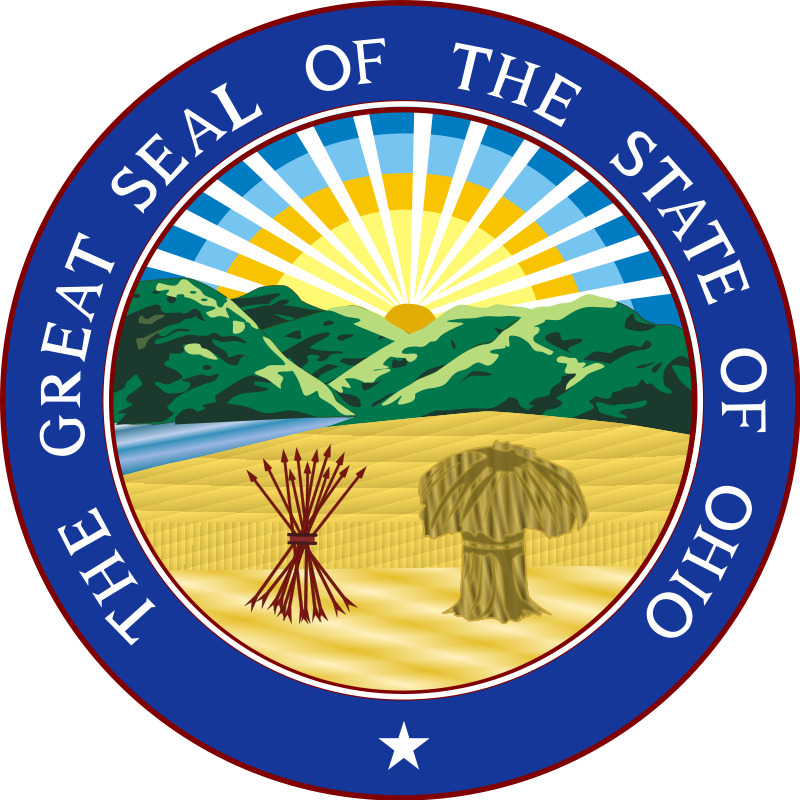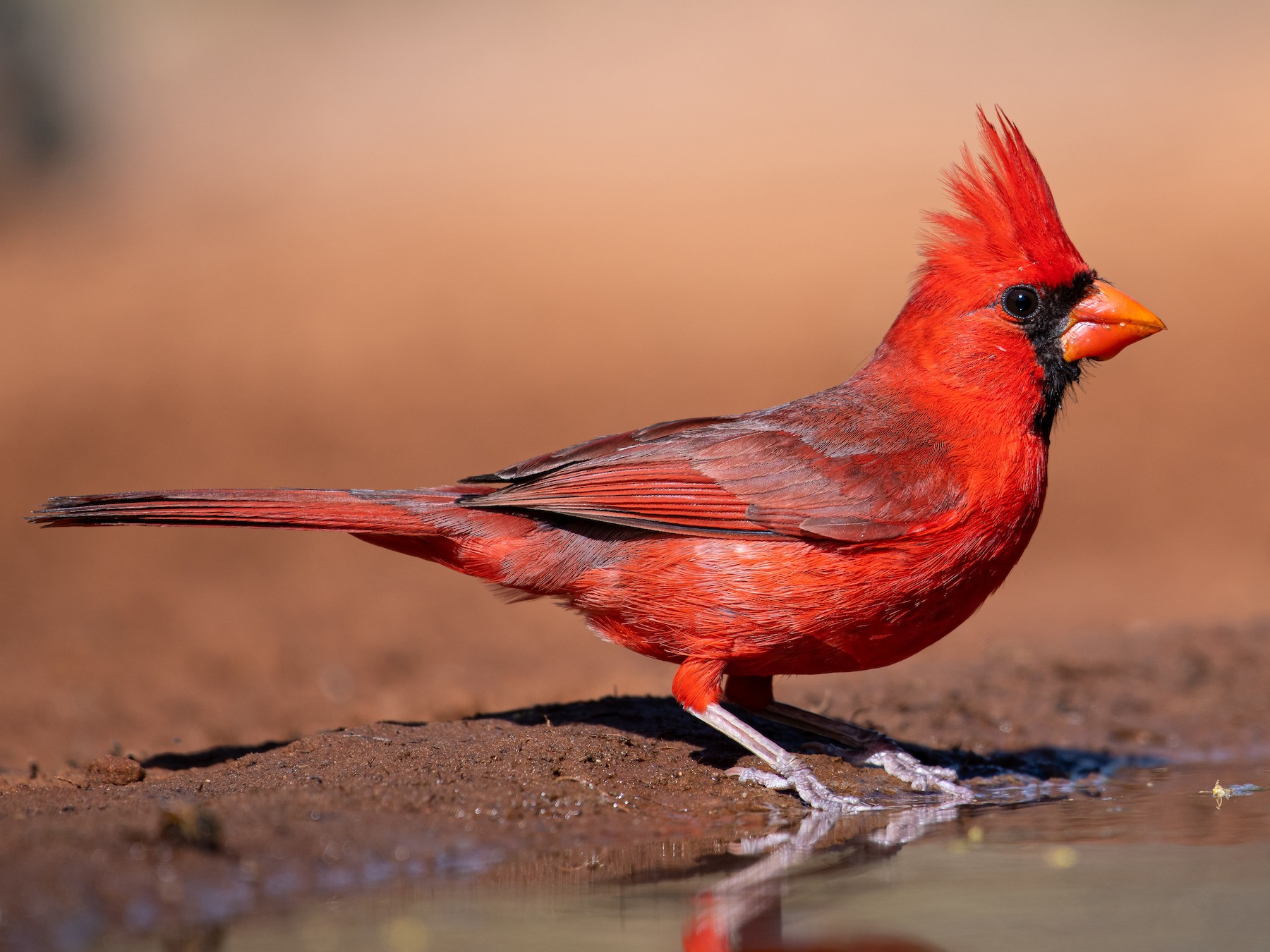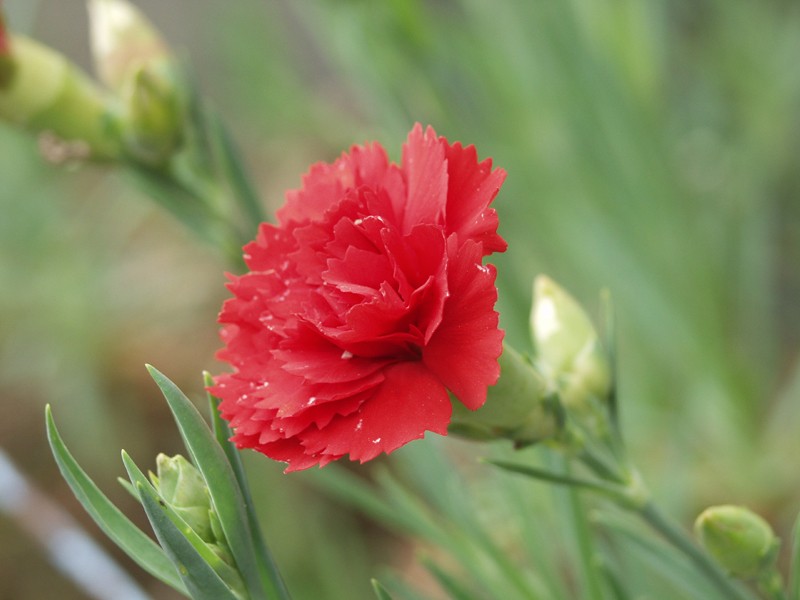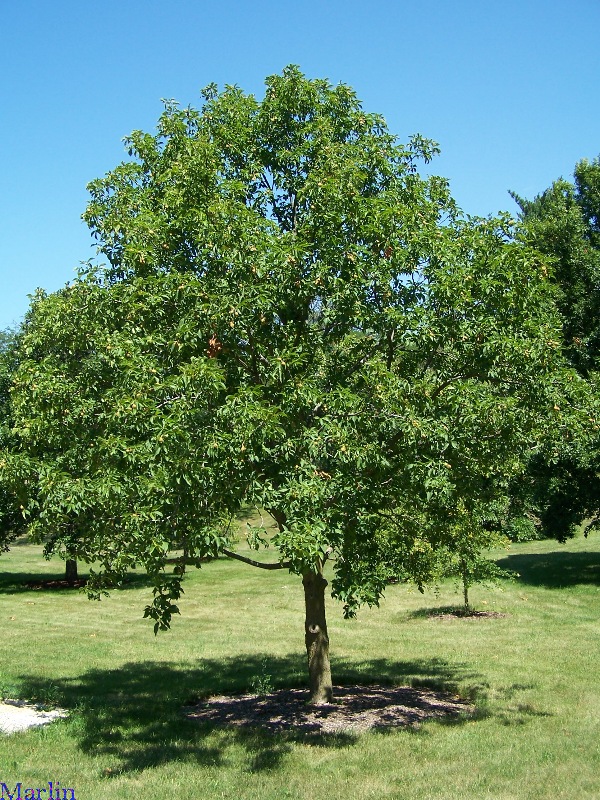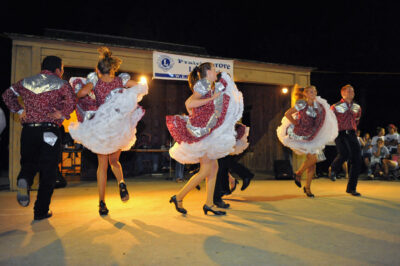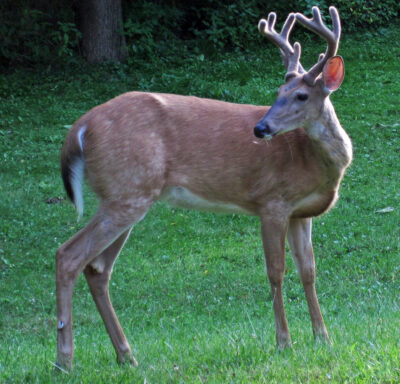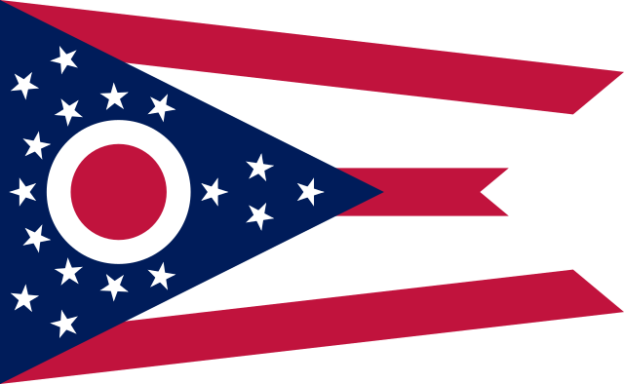State Symbols of Ohio
Last updated on January 22nd, 2023 by Editorial Staff
By | Updated on January 22, 2023
Reviewed by Rittika
Ohio is a constituent state located in the Midwestern region of the United States. Ohio was named after the Iroquois word “O-Y-O,” which means “great river” or “beautiful river,” and was derived from the river of the same name. The state’s nickname The Buckeye State comes from the fact that countless buckeye trees once dominated Ohio’s hills and plains. Its nuts have the appearance of a buck’s eye.
French adventurer Robert de La Salle was the first non-native person to arrive in the region in 1670. French fur traders followed and began to settle in the area, but after winning the French and Indian War in 1763, the British claimed the territory. Ohio became a part of American territory when the Revolutionary War ended in 1783. Ohio became the 7th state admitted to the Union on March 1, 1803.
Ohio is bordered to the north by Lake Erie, to the east by Pennsylvania, to the southeast by West Virginia, to the southwest by Kentucky, to the west by Indiana, and to the northwest by Michigan.
Columbus is the capital and largest city in the state.
In 2006, Ohio declared the Newark Earthworks as the state prehistoric monument to honor the ancient Native American architects of this remarkable site.
With a total area of 44,826 sq mi (116,098 sq km), Ohio is the thirty-fourth largest state by area. The state’s total population, according to the census 2020, is 11,799,448 making it the seventh most populous state in the United States.
The state flag of Ohio is the burgee – pronounced bûr’je. The flag features a distinctive triangular swallowtail design. It is the only non-rectangular state flag in the United States.
An interesting fact about the state is its famous pawpaw festival. Ohio is home to the pawpaw tree, which produces edible fruit. Every year, it hosts a unique festival called Ohio Pawpaw Festival. The pawpaw is the largest edible native tree fruit in North America. In 2009 Pawpaw was chosen as the official state fruit of Ohio.
In the late 1800s, Ohio helped to popularize the tomato by breeding larger, sweeter varieties. With an annual crop of more than 6,000 acres, Ohio is the third-largest tomato producer in the country. In 1965, tomato juice was selected as Ohio’s official state beverage. In 2009, Ohio designated the tomato as its official state fruit.
Ohio declared the Northern cardinal its official state bird in 1933. The Red carnation was recognized as Ohio’s official state flower in 1904.
On October 1, 1959, “With God All Things Are Possible” was adopted as Ohio’s state motto. In 1969, Ohio declared “Beautiful Ohio” to be the official state song.
Ohio has no official language; however, English is the most widely spoken language (93.3%), followed by Spanish (2.2%), with other languages accounting for the remaining 4.5%.
State Information
| Official Language | De jure: None De facto: English |
| State Rank | 34 |
| Demonym(s) | Ohioan; Buckeye |
| Nickname | The Buckeye State; Birthplace of Aviation; The Heart of It All |
| ISO | US-OH |
| Formation Date | August 7, 1953 |
| Coordinates | Lat: 38°24′ N to 41°59′ N, Long: 80°31′ W to 84°49′ W |
| Area |
State seal
Motto of Ohio
"With God, all things are possible"
State symbols of Ohio 👇
-
State capitalColombus
-
State birdCardinal
-
State flowerScarlet carnation
-
State fruitTomato
-
State treeOhio buckeye
-
State danceSquare Dance
-
State reptileNorthern black racer
-
State insectSpotted salamander
-
State gemstoneOhio Flint
-
State animalWhite-tailed deer
